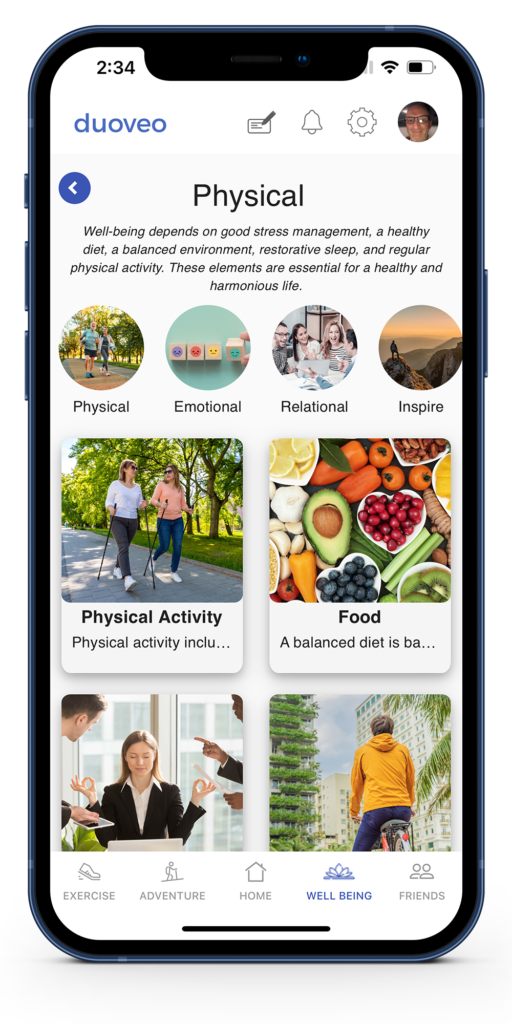An Unexpected Ally for Your Heart
Whether it’s in a nightclub, gym, or even your living room, the dance is far more than just a fun activity. This lively and joyful movement is an excellent way to take care of both your heart and your overall physical well-being. As you groove to the beat, you’re burning calories, toning muscles, and boosting cardiovascular endurance. More than just a hobby, the dance can transform your health and your life in a fun and engaging way.
A Heartfelt Way to Stay Fit
Dancing isn’t just an art form or a relaxing pastime; it’s also a full-body workout that engages your heart. Whether you’re into salsa, tango, hip-hop, or ballet, every style of dance involves movements that get your heart pumping. Like any other cardiovascular exercise, dancing raises your heart rate, encourages better blood flow, and helps keep your heart healthy.
As you twirl, jump, and sway, you’re performing a fun and effective cardio session without even realizing it. According to research from the American Journal of Preventive Medicine, dance can reduce the risk of heart disease by 46%, especially in older adults.
So, what makes dancing so effective for heart health? Every move engages multiple muscles, requiring your heart to work harder to pump oxygen-rich blood throughout the body. It’s a way to strengthen this vital muscle without feeling like you’re working out—because, let’s face it, who doesn’t love dancing?
The Cardiovascular Benefits of Dancing
Behind every dance step lies a wealth of health benefits. Dancing not only improves circulation but also enhances lung capacity. By elevating your heart rate, it strengthens your arteries and helps ward off coronary heart disease. A study by the University of Sydney found that regular dancing reduces the risk of cardiovascular mortality by up to 31%.
Moreover, the dance is a great way to manage your weight, which is crucial for maintaining heart health. Excess weight is a major risk factor for heart disease, and more intense dance styles, like Zumba or African dance, can burn between 300 and 800 calories per hour. So, you’ll be dancing your way to a fitter body!
Another advantage of dancing is that it improves flexibility and balance. By engaging different parts of the body, it strengthens muscles, which in turn supports the cardiovascular system. This full-body workout contributes to overall well-being.
A Versatile and Accessible Activity
One of the greatest benefits of dancing is its accessibility—no matter your age or fitness level, anyone can dance. You don’t need to be a professional dancer to enjoy the heart-boosting benefits of this activity. Whether you take classes in a studio or dance at home, the key is to move and have fun while doing it.
Dancing also offers a wide variety of styles, each with its own unique benefits. Whether you prefer ballroom dancing, like the waltz or tango, or are drawn to modern styles like hip-hop or salsa, every genre has its own way of working the heart and enhancing cardiovascular health. A study in the New England Journal of Medicine even shows that regular dance not only improves physical fitness but also enhances cognitive functions, which helps promote healthy aging.
A Heart-Friendly Stress Reliever
Stress is a major enemy of heart health, but dancing offers a perfect outlet. Dancing triggers the release of endorphins—hormones that reduce stress and improve mood. A study in Frontiers in Psychology found that the dance significantly lowers cortisol, the stress hormone, while boosting dopamine and serotonin levels, which promote feelings of happiness and well-being.
Group dancing, whether in line dances or Zumba classes, also fosters social connections, which benefits mental health. Positive social interactions can lower the risk of depression, which is linked to cardiovascular disease. Mental wellness often translates into physical health, making dancing one of the best ways to de-stress and protect your heart.
Dancing as a Cardiac Rehab Tool
For individuals recovering from heart issues, dancing can also be a helpful rehabilitation tool. It allows them to gradually return to physical activity in a fun, motivating environment. A study from the University of Florence showed that dancing is an effective way to improve fitness and quality of life for patients with heart failure.
The social and recreational aspects of dancing encourage patients to stay active, which is critical for cardiac rehab. Plus, the enjoyment that comes with dancing makes exercise feel less like a chore, increasing the likelihood of long-term adherence.
An Activity for All Ages Unlike other forms of exercise that may become harder with age, dancing remains accessible throughout life. For seniors, in particular, the dance is a great way to stay physically active, improve flexibility, and maintain coordination. It’s also beneficial for memory and cognitive health, as dancing requires remembering steps and coordinating with the music—a great workout for the brain.
Research published in the Journal of Aging and Physical Activity shows that seniors who dance regularly are in better physical shape and have a reduced risk of falls compared to those who don’t. Plus, dancing is a social activity that helps combat isolation, which is often a challenge for older adults.
For a Healthy Heart: A Well-Timed Beat
Dance is a holistic form of physical activity that blends fun, exercise, and well-being. Beyond its heart-health benefits, dancing aids in weight control, enhances flexibility, strengthens muscles, and effectively combats stress. No matter your age or fitness level, dancing can be adapted to suit everyone.
Conclusion
So whether you’re a seasoned dancer or just getting started, it’s time to put on your dancing shoes and let the rhythm guide you to better health. Your heart will thank you, and you might just discover a new passion that keeps you fit and feeling great.
Sources :
- “Dancing to keep your heart healthy“, Harvard Health Publishing
- “The impact of dance on health“, American Heart Association
- “Dance as exercise“, British Heart Foundation
- “The health benefits of dancing“, Mayo Clinic
- “The benefits of dance for heart health“, Johns Hopkins Medicine


